Looking outside my window, I can see the first signs of spring beginning to emerge: my daffodils are sprouting, the winter heather is in full bloom, and the buds on my rose bushes are beginning to swell. Although it’s too early to declare winter past and gone, it’s time to think spring and get underway with early season tasks around the garden.
First, with the aforementioned roses beginning to bud, now is the time to tackle early spring pruning around your yard, including roses, fruit trees (if you haven’t already yet this winter), panicle hydrangeas (the type with cone-shaped flowers), and most non-flowering shrubs and trees. For anything that blooms in spring—plants like lilacs, forsythia, rhododendrons, and azaleas—wait to prune until just after they’ve flowered or you’ll sacrifice this year’s blooms.
When pruning rose bushes, don’t be afraid to get aggressive, even cutting the bushes as low as six to eight inches above the graft. Although I don’t generally recommend that hard of pruning on older, larger bushes, if you have roses that are less than five years old or you’ve maintained their height over the years, a hard pruning will reinvigorate the plants for lush growth and blooms this spring and summer.
As you prune your roses, select three to five main branches (called canes) to keep, removing older, diseased, or spindly canes in the process. To prevent rot-inducing water intrusion into the fresh cuts, cut all branches at a slight angle. And for the proper form, prune all branches just above an outward-facing bud, which will keep the center of the bush uncrowded and promote air circulation.
Interested in starting a rose garden or expanding your selection this year? Check out our 2023 rose selection here!
For many of the plants you prune, the best way to keep them looking young and healthy is to regularly thin out older, less productive branches to make way for young, vigorous growth. This is true both for ornamental plants as well as fruit-bearing plants like blueberries. With the surge of interest in edible gardening over the last few years, blueberries have become one of the stars of the gardening world, and for good reason: they’re easy to grow, produce abundant crops for years, and lend an attractive form and color to the garden with their blooms in spring, fiery fall color, and reddish branches in winter.
To properly prune blueberry bushes, follow some of the same basic rules for pruning anything: first cut out dead, broken or damaged branches, then remove any crossing branches. As with roses, you’ll also have better success with your berries by pruning out any branches crowding the center of the plant. Finally, with any older plants you have, thin out some of the oldest branches each year (easily identifiable by the rough, peeling bark) to make way for young, productive branches that will bear more fruit.
Next, it’s time to stock up on garden seeds for the coming year. At Vander Giessen’s, we’re stocking up on our spring inventory of garden seeds, so stop in to browse our selection while it’s at its best. Although it’s too early to plant most seeds, if you like to grow tomatoes and peppers from seed, you’ll want to start planting those seeds indoors around early March so they’re ready to transplant outdoors in early May.
Finally, with the relatively mild weather we’re enjoying, it’s time to start refreshing your pots with some early spring primroses and pansies. If you have winter pansies still in the pots from last fall, trim back any worn-looking foliage and flowers and feed with Jack’s Petunia Feed (the ideal pansy fertilizer, interestingly enough!) to encourage them to fill out and burst back into bloom.
Soon, spring will arrive in earnest, and we’ll find ourselves surrounded with color, fragrance, and life bursting from every crevice of Creation, but while we wait its arrival, let’s ensure our gardens are ready for the season that is to come.


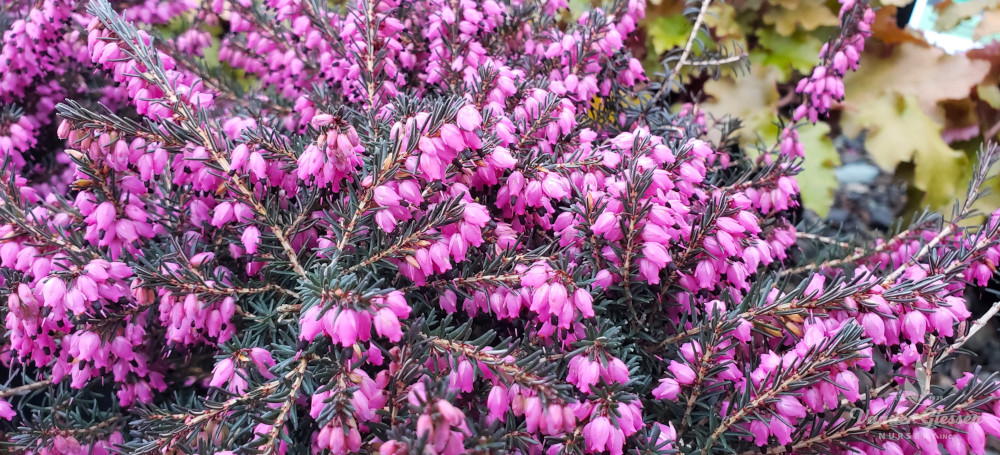
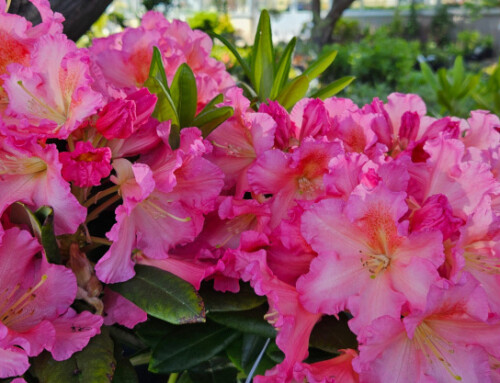

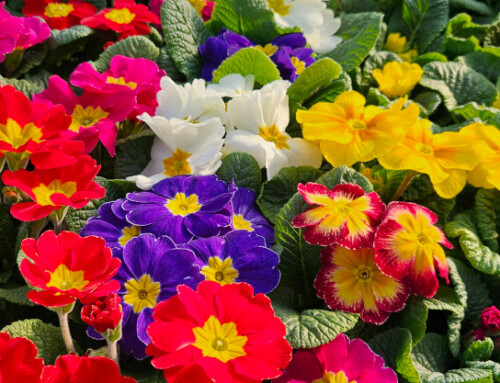
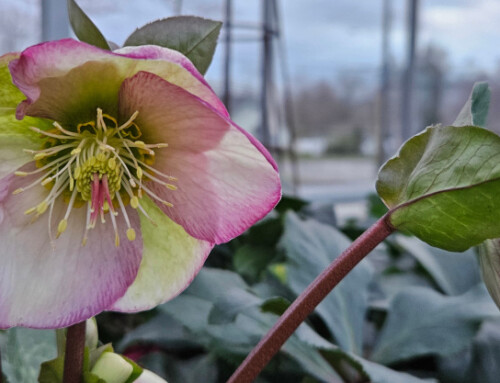
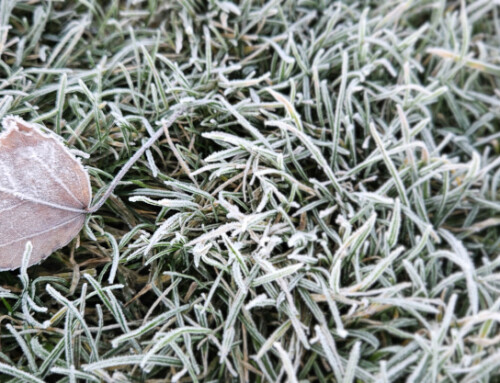
Leave A Comment